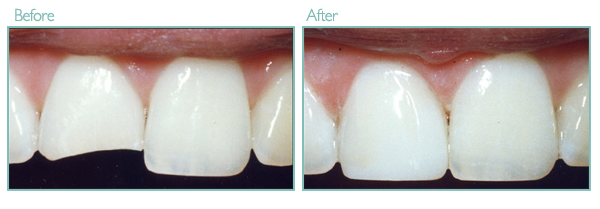- Home
- About Us
- Procedures
-
Cosmetic DentistryRestorative DentistryOrthodonticsPediatric Dentistry
-
- Patient Info
- Gallery
-
-
Services
- FAQ
- Contact Us
- Promotions
Call us at: 281-336-0095

Dental Bonding Front Teeth

Dental bonding is a procedure in which a tooth-colored resin material (a durable plastic material) is applied and hardened with a special light, which ultimately “bonds” the material to the tooth to restore or improve person’s smile.
Dental bonding is an option that can be considered:
|
Call us NOW to find out more : 281-206-4444
Steps Involved
Preparation
Little advance preparation is needed for dental bonding. Anesthesia is often not necessary unless the bonding is being used to fill a decayed tooth. Your dentist will use a shade guide to select a composite resin color that will closely match the color of your tooth.
The dental cosmetic bonding process
Next, the surface of the tooth will be roughened and a conditioning liquid applied. These procedures help the bonding material adhere to the tooth. The tooth-colored, putty-like resin is then applied, molded, and smoothed to the desired shape. An ultraviolet light or laser is then used to harden the material. After the material is hardened, your dentist will further trim and shape it, and polish it to match the sheen of the rest of the tooth surface.
Time-to-completion: Dental bonding takes about 30 to 60 minutes per tooth to complete.
What Are the Advantages and Disadvantages of Dental Bonding?
Advantages
Dental bonding procedure is among the easiest and least expensive of cosmetic dental procedures. Unlike veneers and crowns, which are customized tooth coverings that must be manufactured in a lab, bonding usually can be done in one office visit unless several teeth are involved. Another advantage, compared with veneers and crowns, is that the least amount of tooth enamel is removed. Also, unless dental bonding is being performed to fill a cavity, anesthesia is usually not required.
Disadvantages
Although the material used in dental bonding is somewhat stain resistant, it does not resist stains as well as crowns. Another disadvantage is that the bonding materials do not last as long nor are as strong as other restorative procedures, such as crowns, veneers, or fillings. Additionally, bonding materials can chip and break off the tooth.







